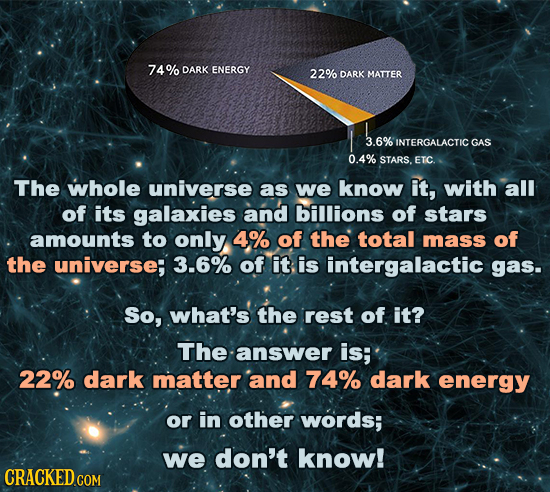40 Random Bits of Trivia About the Universe You’ll Be Glad to Know Before Your Next Trip to Space
Black holes are somehow even freakier than they sound

Can we all stop to appreciate the Universe right now? It’s a fact-finder’s dream come true. Not only does it encompass everything that we find facts about, but since it’s ever-expanding, it always continues to give us more things to find facts about! It’s the gift that keeps on giving.
Here are a few existing facts, but please come back later for the expansion pack…
Sky of Ghosts

The Earth’s Core

One With the Universe

Neutron Stars

The Oldest Galaxy

The Night Sky

Time in Space

Rogue Planets

Source: Atlantic
One Million Earths

Pluto

The Random Transiter

Aristarchus
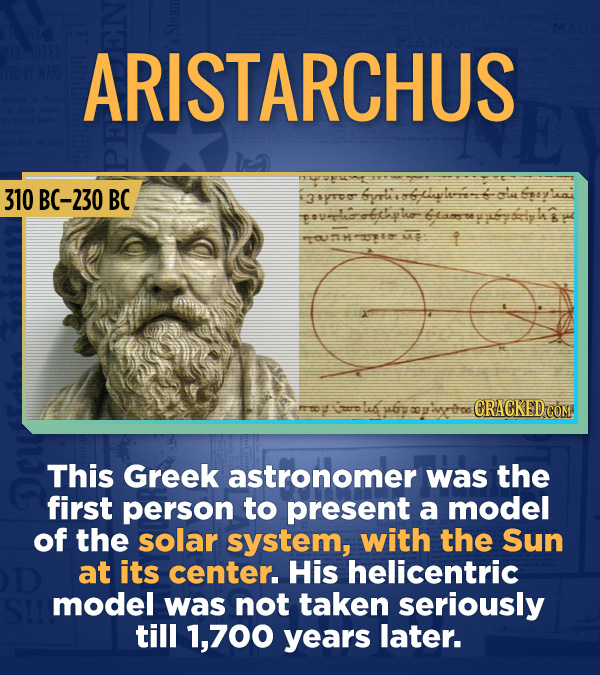
The Big Splat

Gravity

Venus

Galaxies

Supernovae

The Darkest Planet

Eris

Mercury

Uranus

Io

The Solar System

Source: 23 Facts That Challenge Accepted Beliefs About Outer Space
Jupiter

Space Rocks

Other Galaxies

Ton 618

The Surface Temperature of Venus

Water in Space

Ganymede
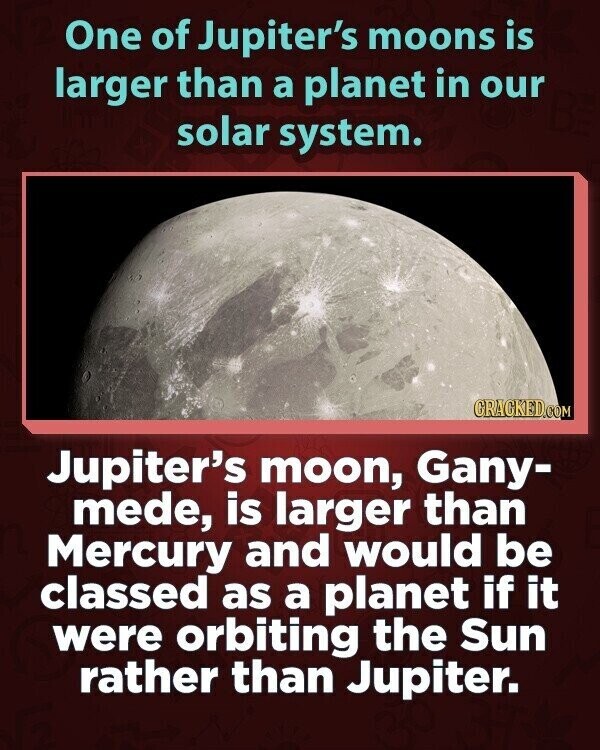
The Sun’s Mass

The Milky Way

Source: lifehack
Supermassive Black Holes

Source: skyatnightmagazine
Water

Stars
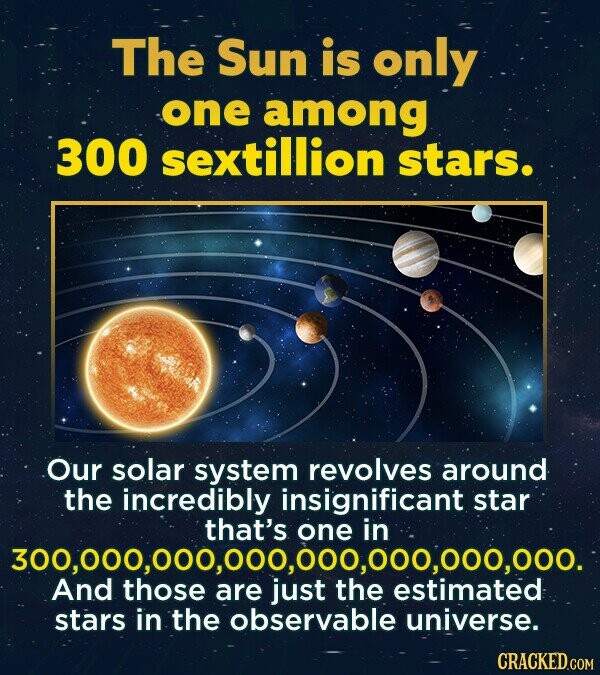
Source: PMC
The Moon
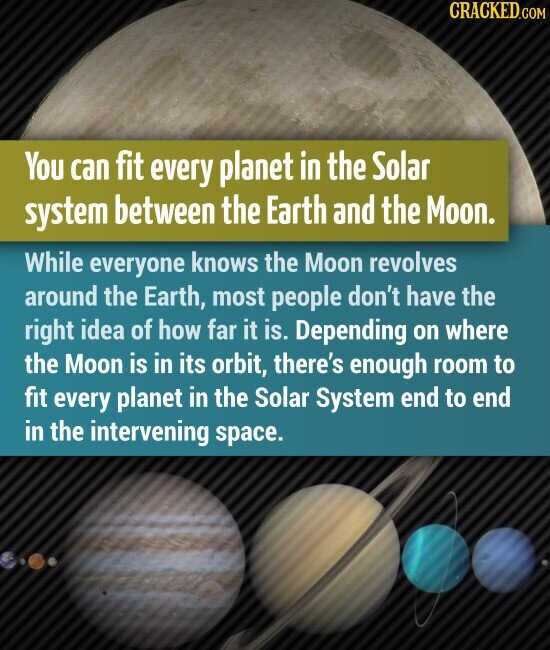
More: 5 Everyday Science Facts (Nearly Everybody Gets Wrong)
Solar Storms
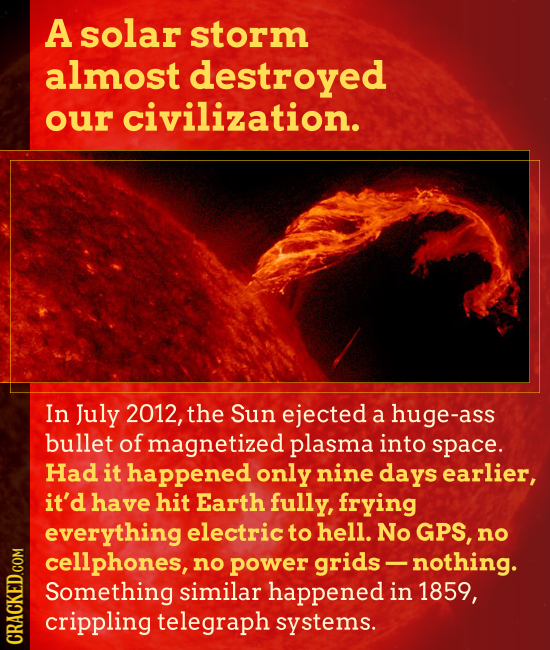
Venus
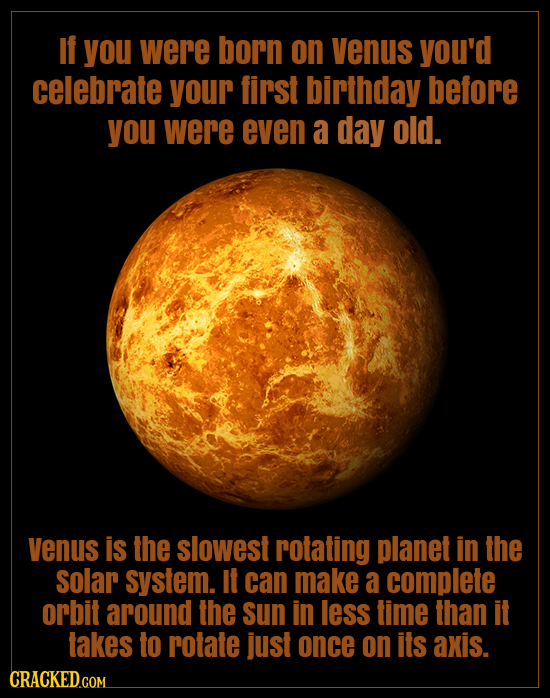
Black Holes
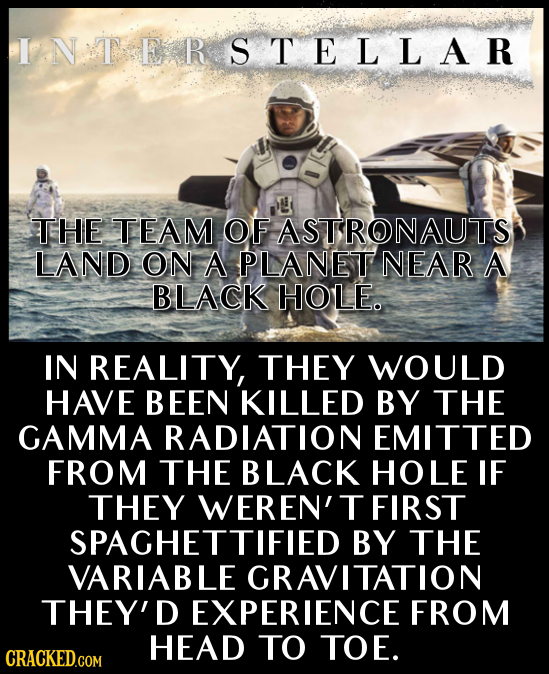
Dark Matter
